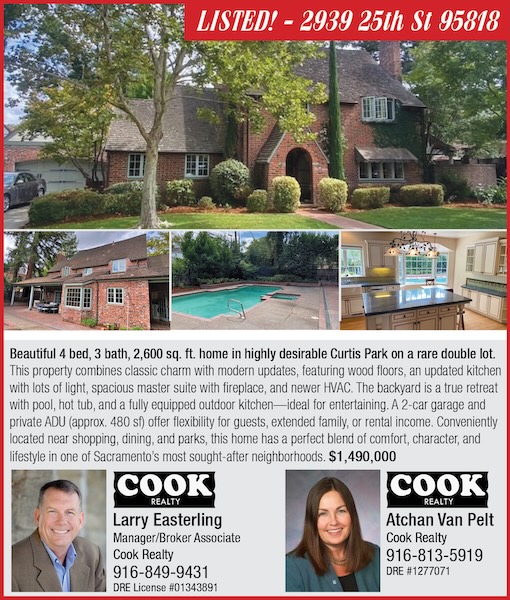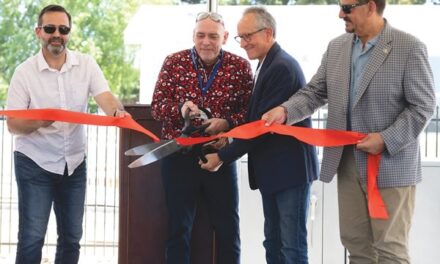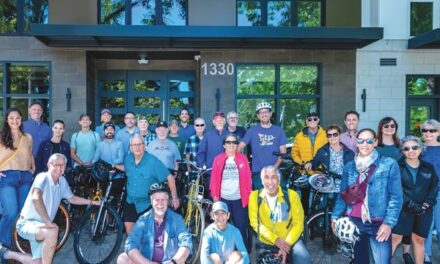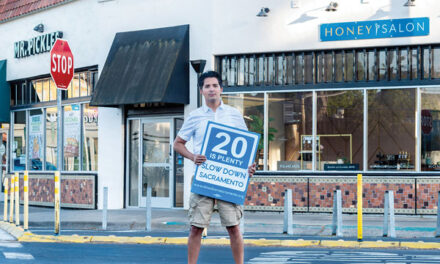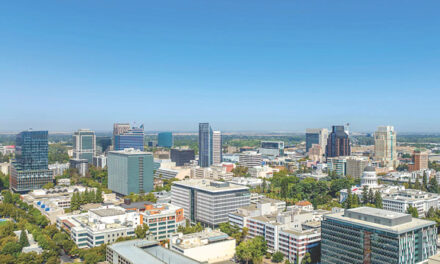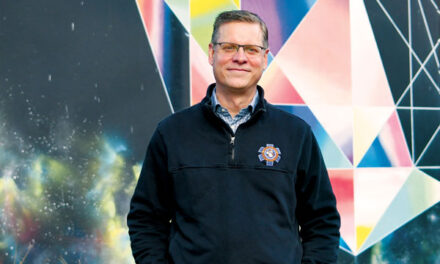Aggie Square, the innovation hub taking shape at the UC Davis Health Center campus on Stockton Boulevard, is a big deal. One of the biggest ever for the university and the city.
It’s also a big deal for nearby neighborhoods, especially Oak Park, which experienced the downside of being next to the booming health campus while receiving few of the benefits.
Mayor Darrell Steinberg, a champion of the project with UC Chancellor Gary May, called the $1.1 billion development “the single biggest economic initiative for the city in decades.” He tells me he feels so good about Aggie Square he will deliver his final State of the City speech there Sept. 19.
“It’s not been perfect. Nothing good ever is,” says Steinberg, who mediated lawsuits that threatened to stall the development. “There was a little messiness along the way. But where it’s ending up is something we need to replicate throughout the city, especially in places that have long been left behind.”
Research universities are building innovation centers everywhere, creating a powerful synergy with private industry, research funding and entrepreneurs to benefit students, faculty and communities.
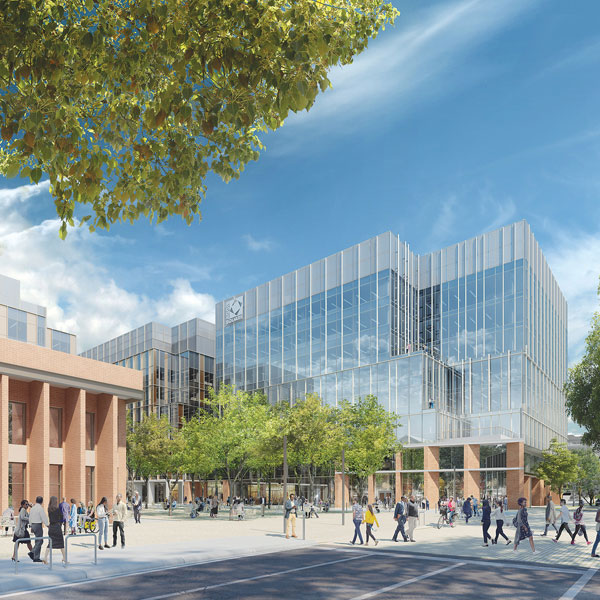
Renderings courtesy of Wexford Science & Technology

Successful projects, such as Technology Square at Georgia Tech University in Atlanta, where May was engineering dean, bring diverse interests together to spark scientific and technological breakthroughs. Jobs, startup companies and new products follow.
UC Davis is positioned to succeed. It wisely selected Wexford Science & Technology as development partner. Teaming up with universities to create innovation centers is what the Baltimore firm does, with 17 to its credit.
“Sacramento desperately needs to diversify its economy,” Travis Sheridan, a Wexford senior vice president and chief community officer, tells me. “UC Davis is a top recipient of federal research grants and is pouring a lot of money into discovery. By leaning into the research strength of UC Davis and teaming up with private industry, you can do a lot of very exciting things.”
UC Davis will occupy about 60% of the project’s first phase, and private industry the rest. The big test for Aggie Square may not be whether the extra space gets filled. It will be whether nearby neighborhoods benefit.
An economic impact study commissioned by the university concluded the project’s first phase, which includes 1.2 million square feet in four buildings, will generate $2.99 billion in annual economic activity and nearly 10,000 jobs.
In settling the lawsuits, Wexford, UC Davis and the city entered into a community benefits agreement that, among other things, includes a commitment to invest more than $50 million in nearby affordable housing with at least 20% of the 4,000 to 5,000 permanent jobs on campus targeted for local residents. Not everyone is confident that will happen.
“I have a hard time believing the people who ultimately get those jobs are going to be at the same skill level as people in our community who need those jobs,” says Adrian Rehn, president of the Oak Park Community Association.
Local residents work on Aggie Square construction, Rehn says, “but we want to participate in jobs that go beyond being janitors and secretaries.”
Another concern is the project’s impact on housing prices. With researchers and scientists filling top jobs, Aggie Square employees will need nearby housing. That can drive up prices and displace longtime residents.
A few years will pass before we know how it turns out. Sumiko Hong, Aggie Square community engagement director for UC Davis, is a whirlwind of activity at community meetings, job fairs and other activities to ensure local communities aren’t overlooked.
“We don’t know yet who the private tenants will be,” she says, “but a lot of the work we are doing will be to help the industry folks stand up a workforce. We are committed to helping community residents take advantage of those opportunities as much as possible.”
Isaac Gonzalez, president of Tahoe Park Neighborhood Association, puts it this way: “We have this great world-class jewel here. How do we make sure that it shines for everyone? That shouldn’t be an impossible task if we keep that in the center of our thoughts.”
Gary Delsohn can be reached at gdelsohn@gmail.com. Follow us on Facebook and Instagram: @insidesacramento.



